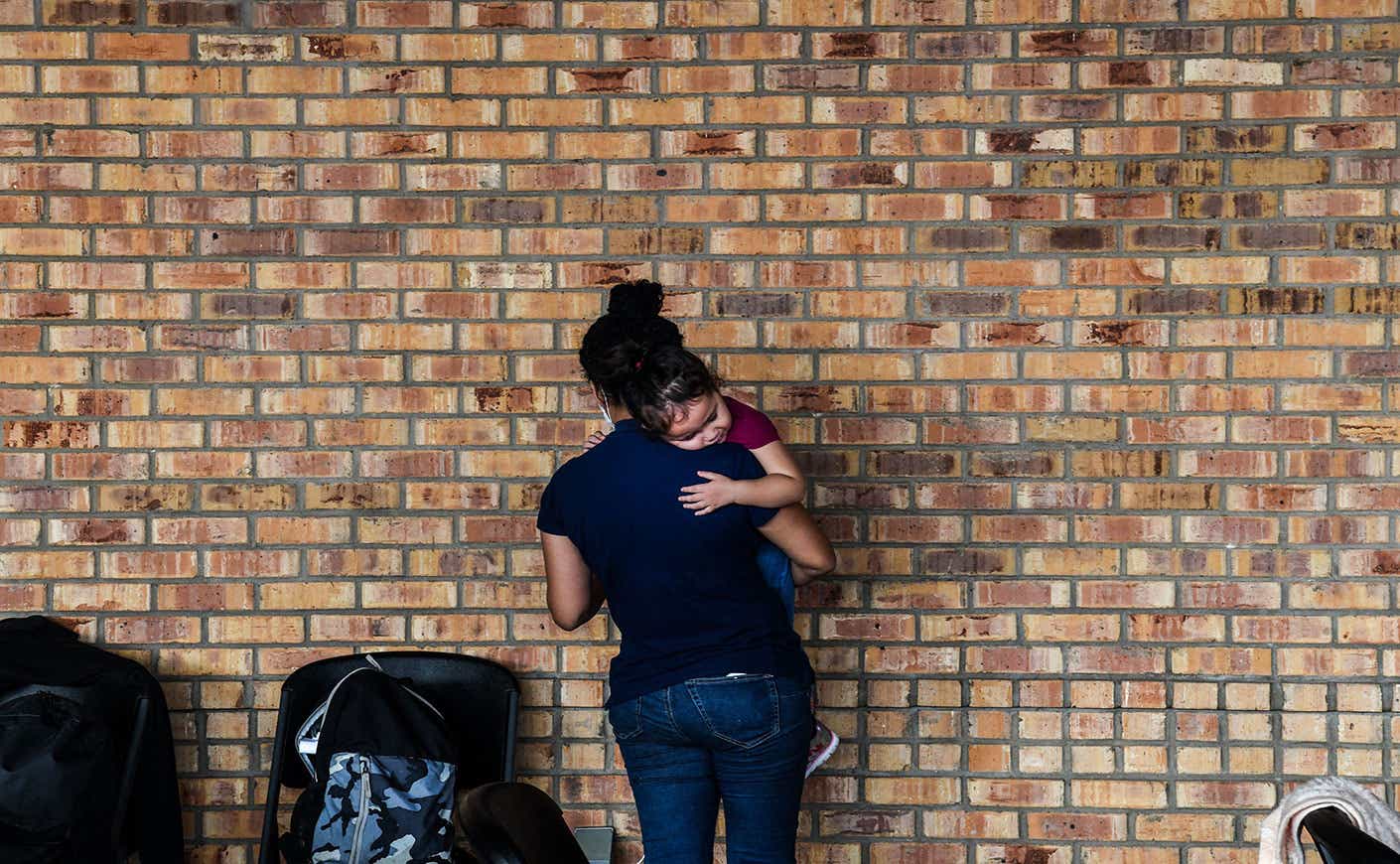The heavy politicization of the U.S.-Mexico border has made it difficult to separate fact from the political narrative. And a significant fluctuation in the number of unaccompanied minors this year hasn’t made that distinction any easier.
In the first few months since President Biden took office, border officials saw a 100% increase in the number of migrant children arriving alone from Central America, according to data released by the U.S. Customs and Border Protection. But CBP data shows this increase started tapering off in the spring, when the number of unaccompanied minors fell by 12% to 13,962 encounters in April — and by another 23% in May to 10,765.
As President Biden and his immigration-lead VP Kamala Harris continue to grapple with addressing migrants at the border, we looked into some of the possible reasons behind the swing in recent migration numbers — and how it underscores a larger issue with the U.S. immigration system as a whole.
Migrant flow is seasonal.
This increase and then sudden dip isn’t anything out of the ordinary, according to Tom Wong, an associate professor of political science at the University of San Diego. He said the current numbers of undocumented migrants are in line with historical trends, with increases from January through May before a dip in June, when the weather becomes too hot for travel.
“Not only is it hotter when summer rolls around,” Wong told KCM, “which makes attempted unauthorized entry much more life-threatening — particularly as southern border infrastructure is designed to funnel prospective migrants to desert areas — but the rainy season in Guatemala also starts in May.”
In addition to violence and economic devastation, climate-related disasters also play a major role in migration to the southern border. The back-to-back hurricanes Eta and Iota in Central America last year displaced more than half a million people in Guatemala, Honduras, and Nicaragua, according to data from the International Organization for Migration.
There are crackdowns abroad.
Immigration policy expert Theresa Brown attributes the latest dip of unaccompanied minors to Mexico tightening security at its shared borders with Guatemala. This followed an agreement with the U.S. and fellow Central American countries in April to crack down on illegal immigration.
Brown, a director at the Bipartisan Policy Center, also hypothesizes that a lot of migrants traveled to the U.S.-Mexico border when former President Trump was in office, then waited to cross until then-President-elect Biden took office, but that’s no longer the case.
“Once Biden came into office, they felt that it was easier and they crossed. But that group may have now run its course,” she said.
Biden has maintained a Trump-era pandemic policy — but that may soon change.
Biden has continued a Trump administration policy known as Title 42, which allows border officials to expel most migrants to Mexico due to public health orders that aim to limit the spread of Covid-19. But that could soon change: Biden has been briefed on a plan to end the policy as soon as July 31.
Though Biden has said he would no longer expel migrant kids from countries other than Mexico, Title 42 has already led to tens of thousands of family separations. That leaves children to later cross the border by themselves. More than 15,800 minors were expelled in 2020 alone, according to the non-partisan group the Migration Policy Institute.
As an attorney for immigrant rights group RAICES, Yami Chavez has seen the impact of this policy firsthand—she currently manages cases for kids as young as four years old at detention centers across San Antonio, Texas.
“The numbers of reunifications compared to the numbers of separation is uncanny,” Chavez told us. “The ratio is just heartbreaking.”
Advocates are demanding change.
Chavez said the first step in addressing the immigration crisis, especially when it comes to unaccompanied minors, is ending Title 42 and other Trump-era policies like the Migrant Protection Protocols, which has forced thousands of people to wait out their asylum claims south of the border. She believes both of these policies have strained an already broken system.
“One thing that has been clear from day one is that communication from the Biden administration is much, much better from that of the Trump administration, in that they’re saying, ‘Okay, we hear your concerns. We want to help but just don’t know how,’” Chavez said.
Part of the problem, explains Chavez, is that migrant kids are being processed like adults — but being held in detention centers for those 18-years-old and under. There are also reports that many others are being held in mass shelters spanning two dozen states with minimal oversight, which has raised concerns over their health and safety.
“When it’s a child of less than 12 years old, why treat them like they’re going to commit a crime that only an adult can commit?” she said. “When a minor knocks on the door, let them in. If there’s anyone more innocent than a minor, I don’t know who it is.”









